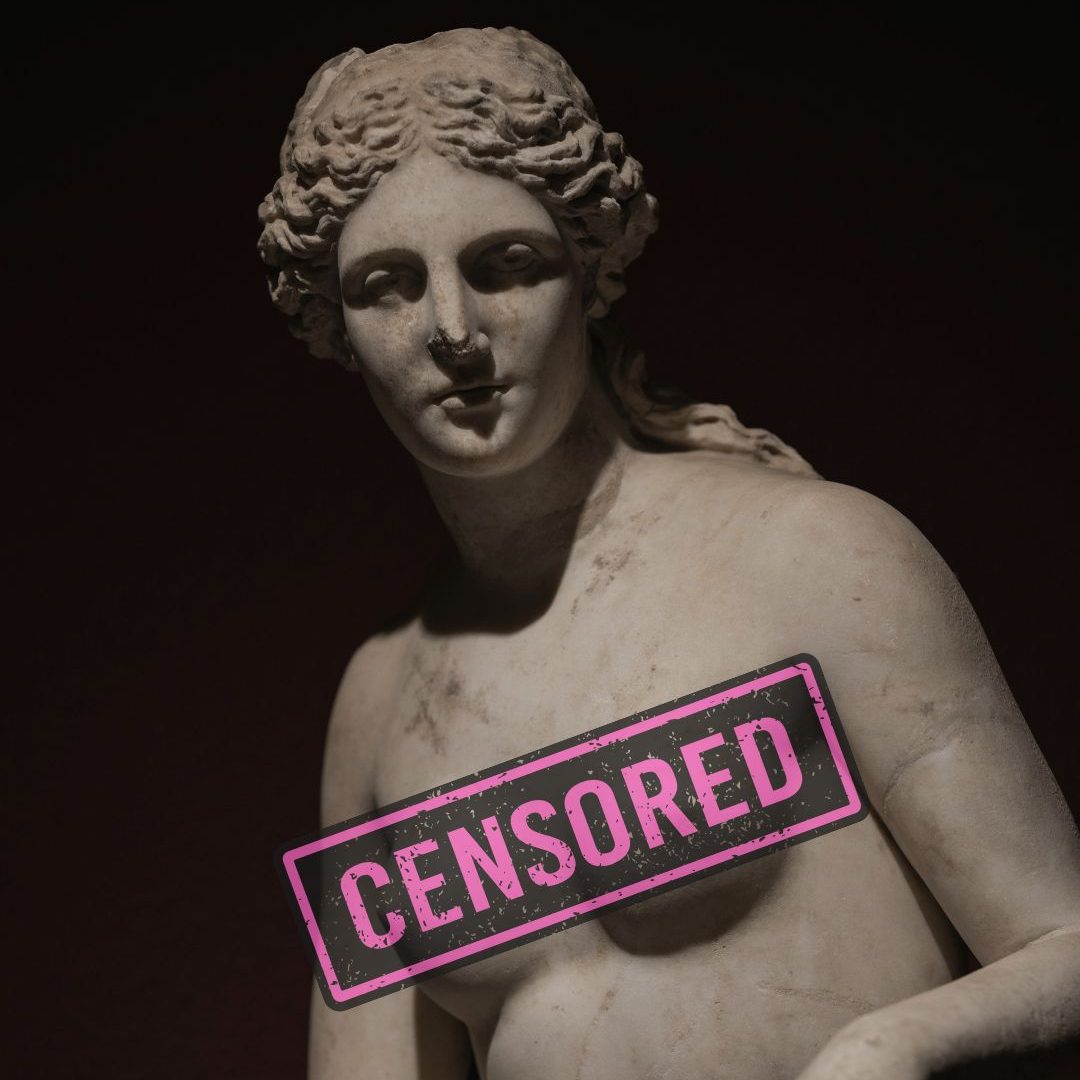Where is the line between art and pornography? History shows that this boundary has always been blurred.
? In medieval Europe, nudity was seen as a symbol of sin, and depictions of the human body were strictly regulated. Yet even then, erotic scenes found their way into manuscript illustrations and church sculptures, hidden within decorative motifs.
?? The Renaissance brought nudity back into art, inspired by antiquity. Great masters like Michelangelo, Titian, and Botticelli celebrated the human form, infusing it with beauty and symbolism. The body was no longer just flesh. It was philosophy and power.
? In the 19th century, Victorian morality imposed strict taboos on sexual imagery. Even classical artworks were censored – paintings were altered to add clothing, and sculptures were covered with plaster fig leaves.
?? The 20th century brought a revolution. Photography, cinema, and contemporary art pushed the boundaries of what was acceptable. Eroticism in art became a tool for protest, liberation, and rethinking societal norms.
Today, after decades of progress toward artistic freedom, society is once again becoming radicalized. Political, religious, and cultural institutions are reinforcing censorship, once again forcing art into rigid frames because they fail to distinguish between art and pornography.

But was this boundary ever truly clear? Or has it always depended on society’s perspective?
